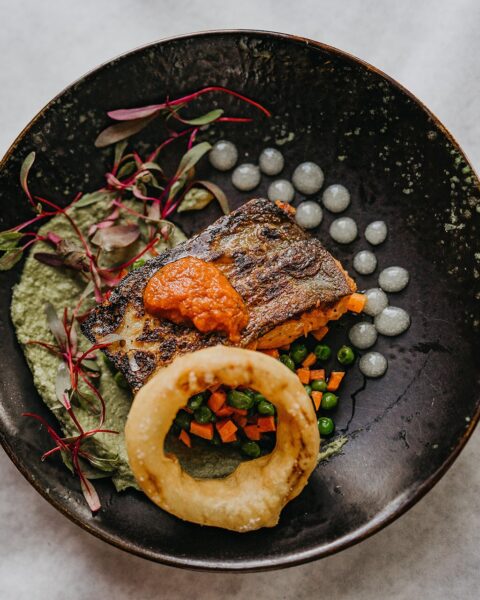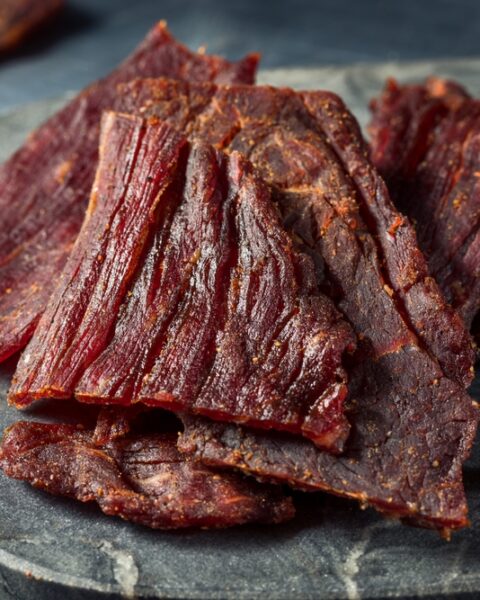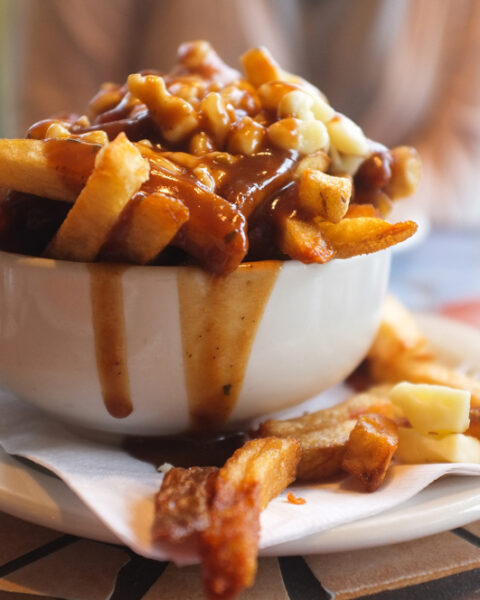Cooking with a wok can be a game-changer for your kitchen adventures. But let’s face it, using a wok isn’t always as straightforward as it seems. Many of us make simple mistakes that can turn a promising stir-fry into a soggy mess. Whether you’re new to wok cooking or have been doing it for years, it’s easy to fall into some common pitfalls. So, let’s dive into the most common wok mistakes everyone makes and how to avoid them to perfect your stir-frying skills and more!
Contents
- 1 Using a Wok with the Wrong Bottom
- 2 Forgetting to Season Your Wok
- 3 Purchasing One Made with the Wrong Material
- 4 Picking the Wrong Size
- 5 Not Heating the Wok Enough
- 6 Using the Wrong Utensils
- 7 Adding Oil Too Early
- 8 Overcrowding the Wok
- 9 Not Drying Ingredients Properly
- 10 Using Too Much Oil
- 11 Incorrect Ingredient Order
- 12 Stirring Too Much
- 13 Using Low-Quality Oil
- 14 Not Cleaning the Wok Properly
- 15 Only Using It for Stir-Fries
- 16 More From RetailShout
- 17 11 Underrated Frozen Foods You’ll Love at Costco
- 18 17 Fast-Blooming Flower Seeds Perfect for New Gardeners
Using a Wok with the Wrong Bottom
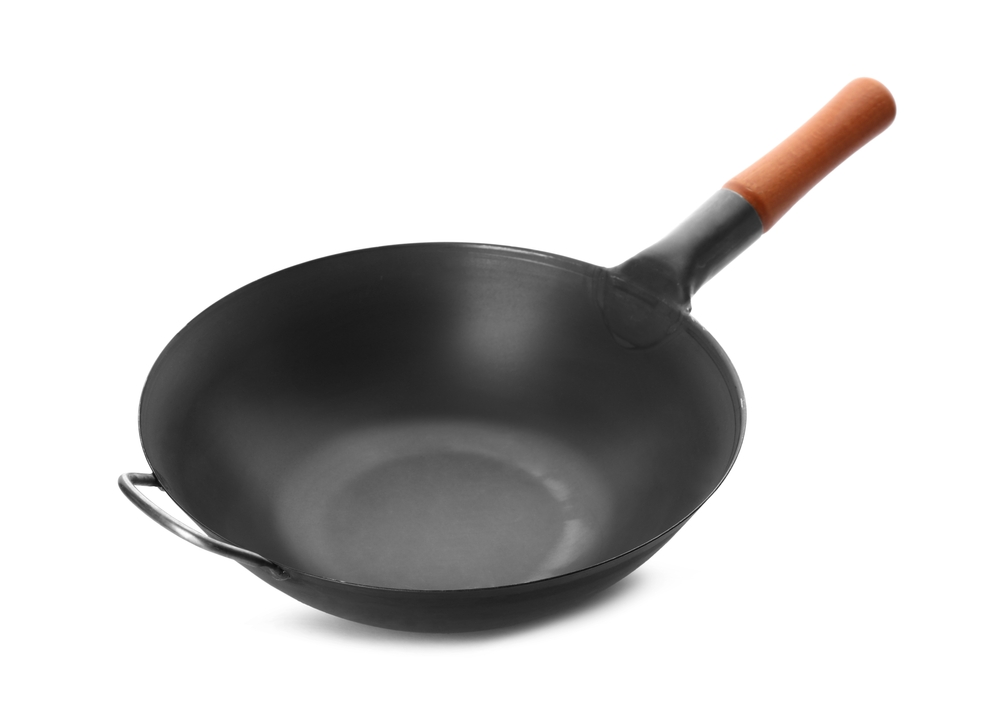
Many people don’t realize that woks come with different types of bottoms. Flat-bottomed woks are better suited for electric stoves, while round-bottomed woks are ideal for gas stoves. Using the wrong type can lead to uneven heating and poor cooking results. A round-bottomed wok on an electric stove might not sit properly, making it difficult to use. It’s crucial to match your wok to your stove type to ensure proper heat distribution. This step can significantly improve your cooking experience and results.
Forgetting to Season Your Wok
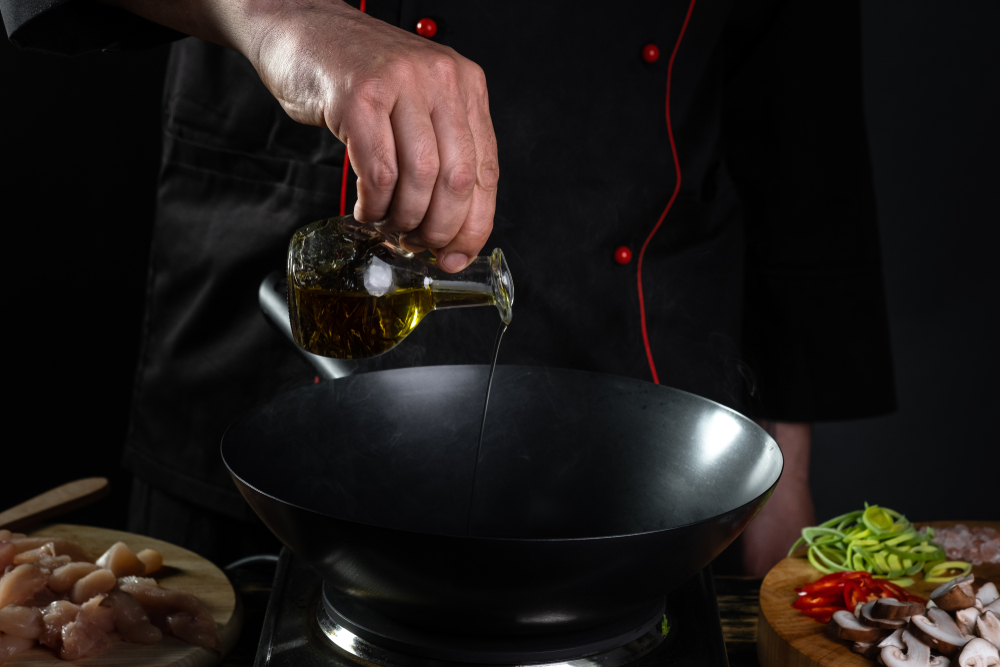
Seasoning a wok is essential for creating a non-stick surface. Many users skip this step, leading to food sticking to the wok during cooking. Proper seasoning involves heating the wok and applying oil to its surface repeatedly until a patina forms. This process not only prevents sticking but also adds flavor to your dishes. Neglecting to season can make cooking and cleaning more difficult. Investing time in seasoning your wok will enhance its performance and longevity.
Purchasing One Made with the Wrong Material
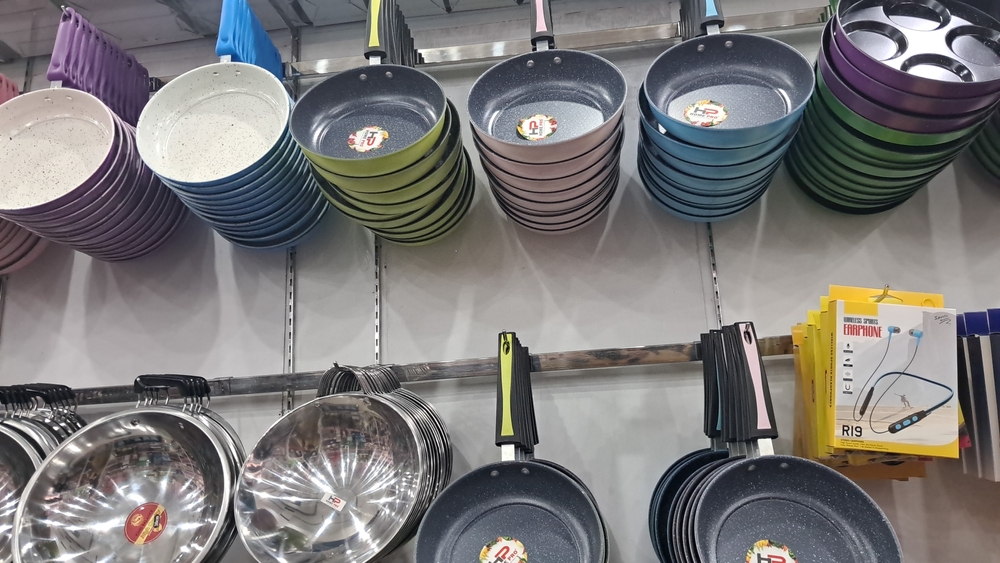
Woks come in various materials like carbon steel, cast iron, and non-stick. Each has its advantages, but choosing the wrong one can affect your cooking. Carbon steel woks are preferred for their quick heating and responsiveness. Cast iron woks retain heat well but are heavy and require careful maintenance. Non-stick woks are easier to clean but can’t handle high heat needed for stir-frying. Understanding your cooking style and needs can help you pick the right material for your wok.
Picking the Wrong Size
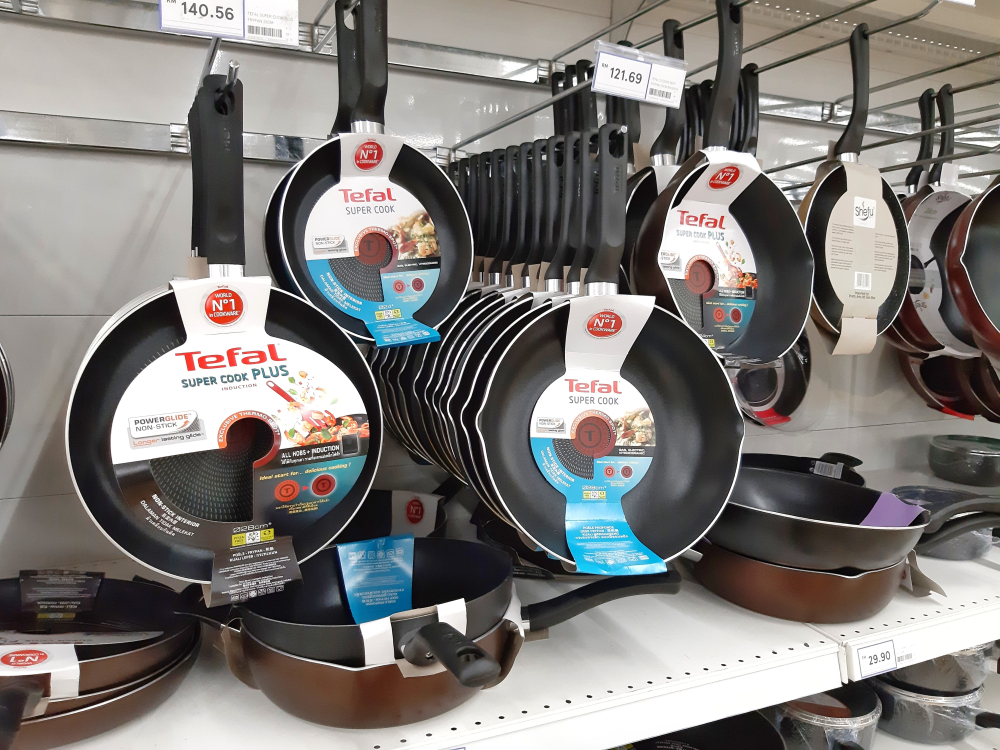
Woks come in different sizes, and selecting the wrong size can lead to cooking issues. A wok that’s too large can be hard to handle and clean, while a small wok might not hold enough food for your needs. Consider the number of people you usually cook for when choosing a wok. A 12-14 inch wok is generally versatile and suitable for most households. Ensuring the right size can help you cook efficiently and comfortably.
Not Heating the Wok Enough
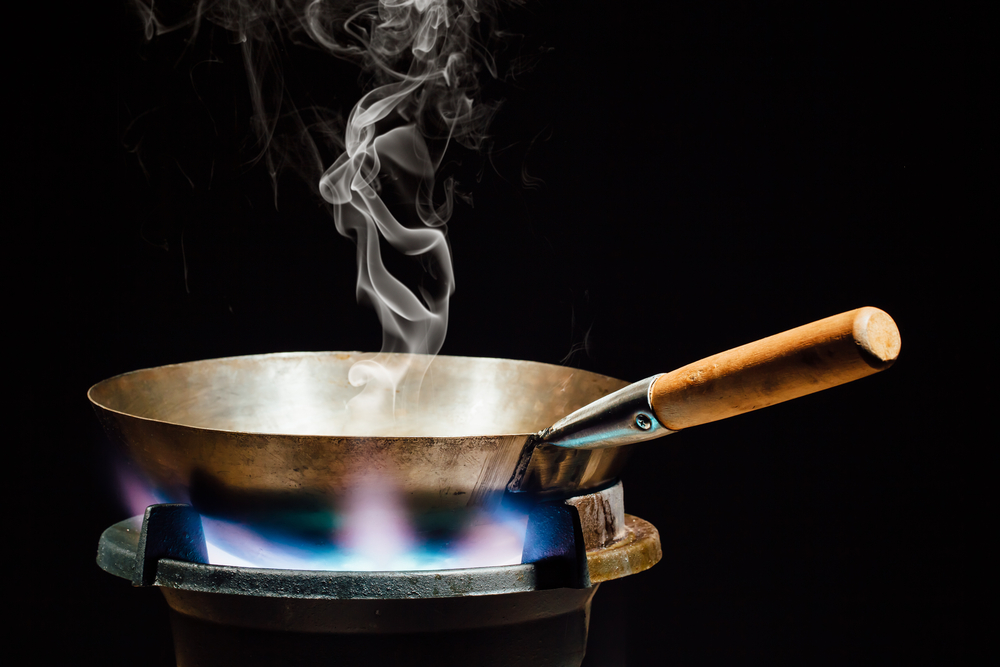
One common mistake is not getting the wok hot enough before adding ingredients. Stir-frying requires high heat to sear food quickly, locking in flavors and nutrients. Adding food to a cold wok can cause it to steam rather than fry, resulting in soggy dishes. Preheat your wok until it starts to smoke slightly before adding oil and ingredients. This step is crucial for achieving the authentic wok hei, or breath of the wok, flavor.
Using the Wrong Utensils
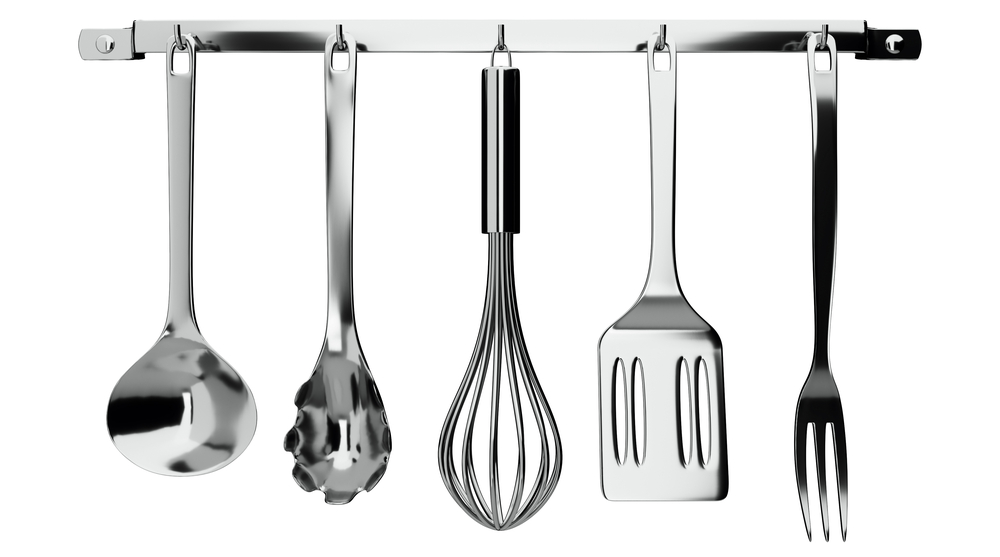
Metal utensils can scratch non-stick woks, while wooden or bamboo utensils are ideal for any type of wok. Using the wrong utensils can damage the wok’s surface and reduce its lifespan. Wooden spatulas are gentle on the wok’s surface and help in tossing and turning food effectively. Avoid using sharp or abrasive tools that can harm the wok. Choosing the right utensils ensures the longevity of your wok and improves your cooking technique.
Adding Oil Too Early
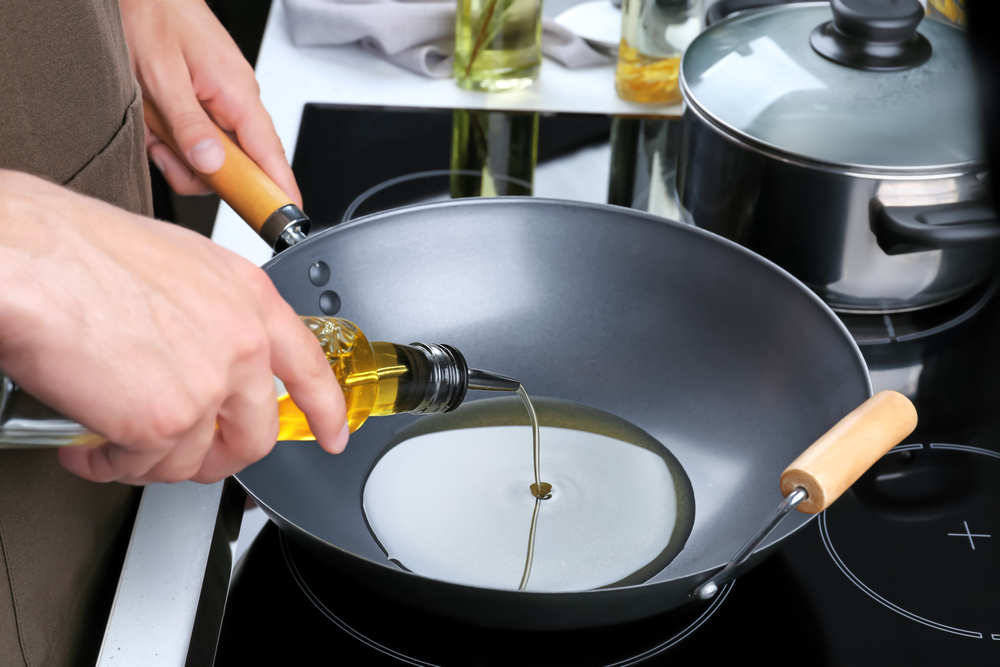
Adding oil to a cold wok can cause it to pool and make the food greasy. It’s important to heat the wok first before adding oil. This helps the oil spread evenly across the wok’s surface, creating a non-stick layer. Hot oil also prevents food from sticking and enhances the searing process. Always heat your wok until it’s very hot, then add a small amount of oil and swirl it around before adding your ingredients.
Overcrowding the Wok
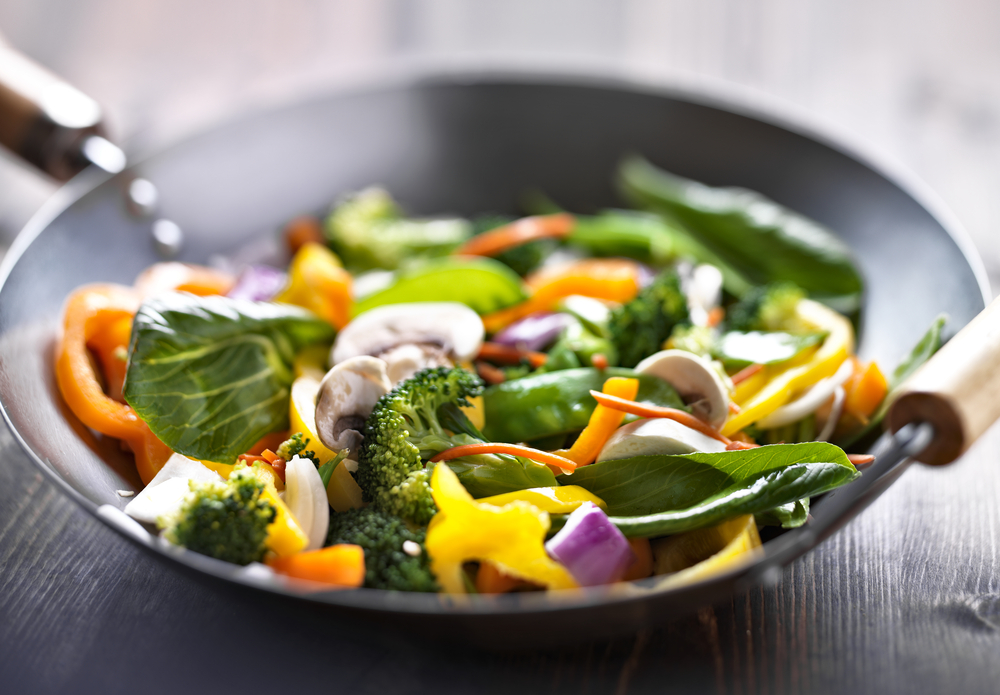
Cooking too much food at once in a wok can lower the temperature, causing the food to steam rather than fry. It’s essential to cook in small batches to maintain high heat and achieve proper stir-frying. Overcrowding can lead to uneven cooking and soggy results. To avoid this, cook in multiple batches if necessary, ensuring each piece of food gets proper exposure to the wok’s heat. This technique helps in retaining the texture and flavor of your dishes.
Not Drying Ingredients Properly
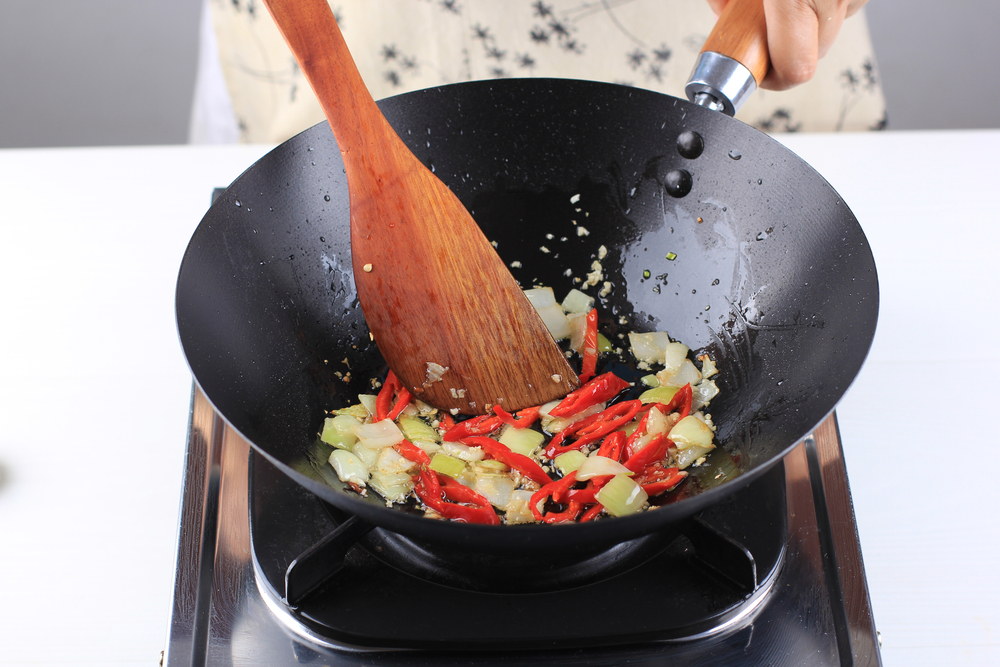
Wet ingredients can cause the oil to splatter and lower the temperature of the wok. It’s crucial to dry vegetables, meat, and other ingredients thoroughly before adding them to the wok. Excess moisture can hinder the stir-frying process, resulting in steamed rather than fried food. Pat ingredients dry with paper towels to remove excess water. Properly dried ingredients ensure a better sear and a more authentic stir-frying experience.
Using Too Much Oil

While oil is necessary for stir-frying, using too much can make the food greasy and unhealthy. It’s important to use just enough oil to coat the wok and the ingredients lightly. Too much oil can also make it difficult to achieve the desired sear on your food. Experiment with small amounts of oil, adding more only if needed. This approach helps in cooking healthier meals with better texture and flavor.
Incorrect Ingredient Order
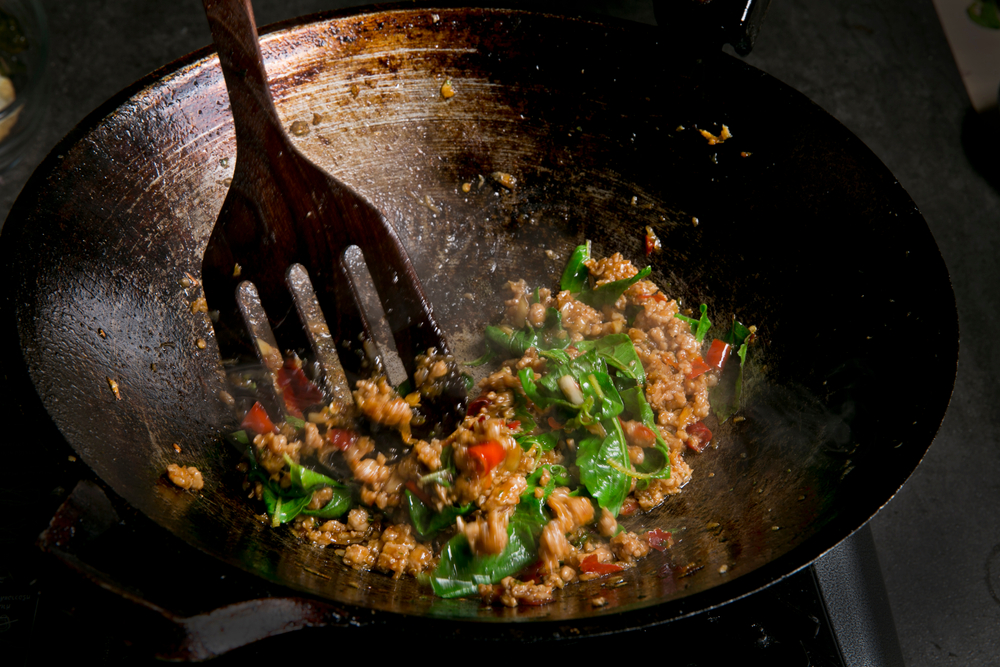
Adding ingredients in the wrong order can affect the cooking process and the final dish. It’s essential to add ingredients based on their cooking times, starting with those that take longer. For example, add meat before vegetables, and hard vegetables before leafy greens. This ensures that everything cooks evenly and nothing is overcooked or undercooked. Organizing your ingredients by cooking time helps in achieving the perfect stir-fry.
Stirring Too Much

Stir-frying involves quick movements, but stirring too much can prevent food from searing properly. It’s important to let the ingredients sit undisturbed for a few moments to develop a sear before tossing them. Constant stirring can result in uneven cooking and a lack of the desired caramelization. Allow the food to brown slightly before stirring to enhance the flavor and texture. Finding the right balance between stirring and searing is key to successful wok cooking.
Using Low-Quality Oil
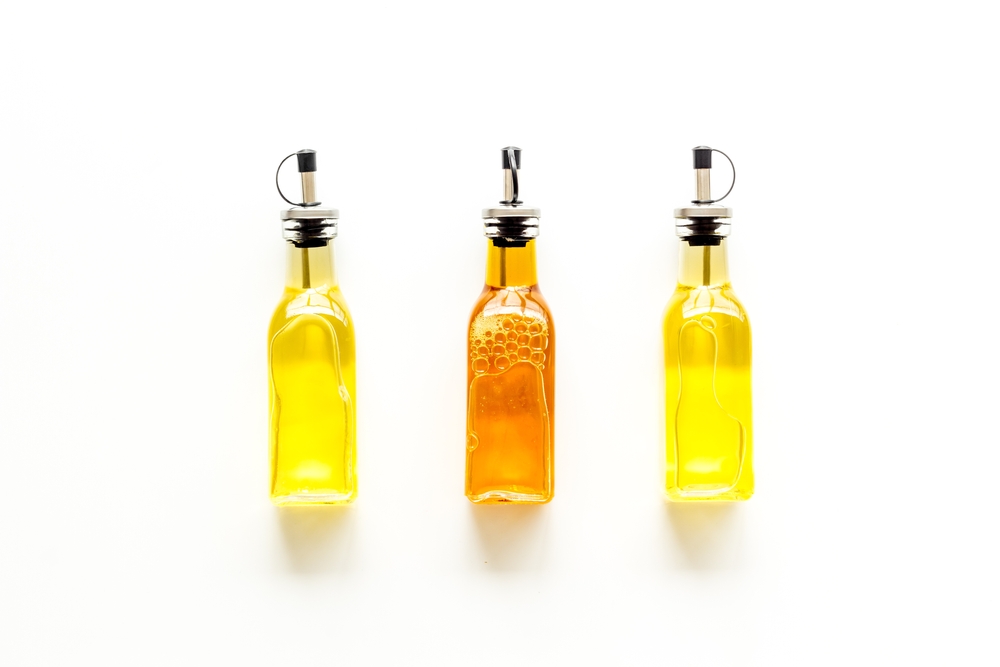
The type of oil used in wok cooking is important for both flavor and performance. Low-quality oils with low smoke points can burn quickly, imparting a bitter taste to the food. It’s best to use oils with high smoke points like peanut, canola, or grapeseed oil for stir-frying. These oils can withstand high heat without breaking down. Choosing the right oil enhances the cooking process and improves the taste of your dishes.
Not Cleaning the Wok Properly
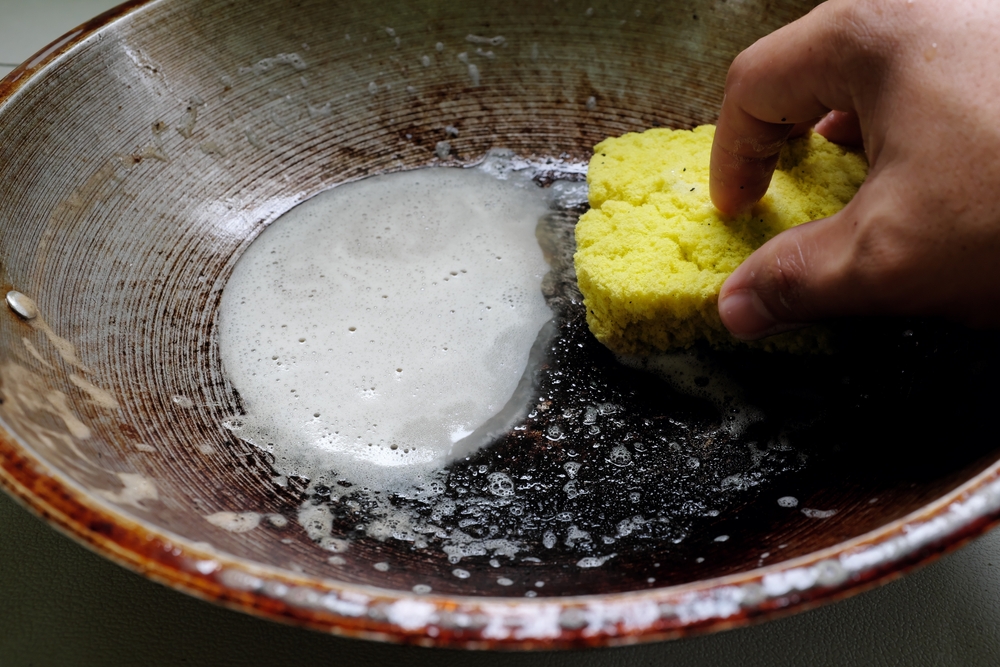
Proper cleaning and maintenance of the wok are essential for its longevity and performance. Using harsh detergents can strip the seasoning, while soaking the wok can cause rusting. It’s best to clean the wok with hot water and a soft sponge, avoiding soap if possible. After washing, dry the wok thoroughly and apply a thin layer of oil to prevent rust. Proper care ensures that your wok remains in good condition and improves with each use.
Only Using It for Stir-Fries
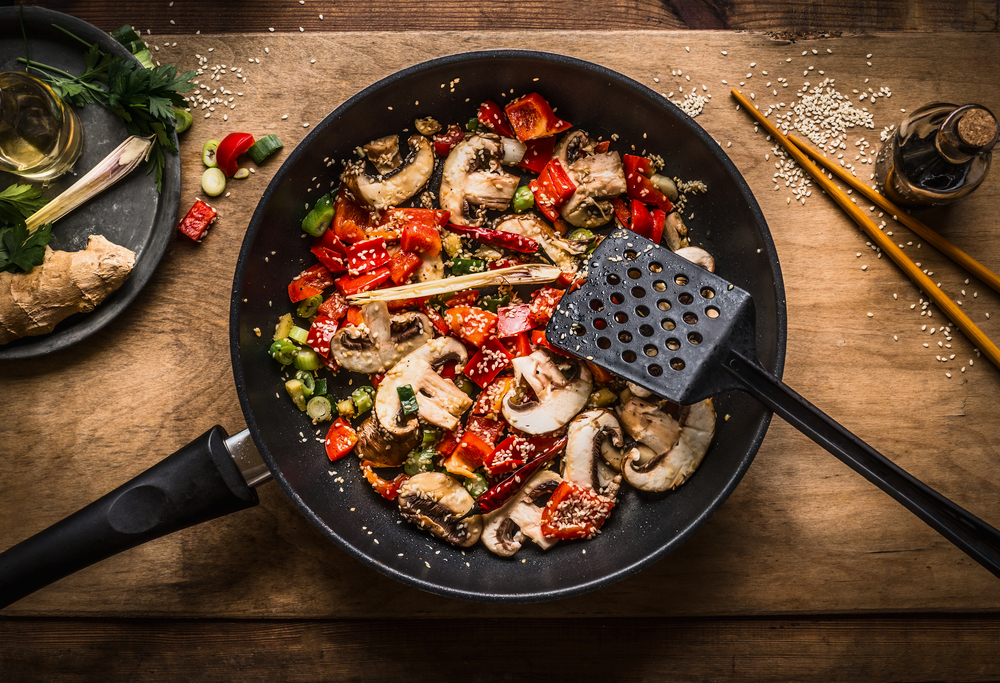
Woks are incredibly versatile and can be used for a variety of cooking methods beyond stir-frying. Limiting the wok to just stir-fries misses out on its potential for steaming, deep-frying, boiling, and braising. Its unique shape and design make it perfect for different culinary techniques. For example, the deep sides are ideal for deep-frying, while the wide surface is great for steaming with a bamboo steamer. Exploring these methods can expand your culinary repertoire and make the most out of your wok. Don’t restrict yourself to just one type of cooking; experiment with different techniques to fully utilize this versatile tool.
This article originally appeared on RetailShout
More From RetailShout
10 Pro Tips for Achieving Perfect Steak at Home
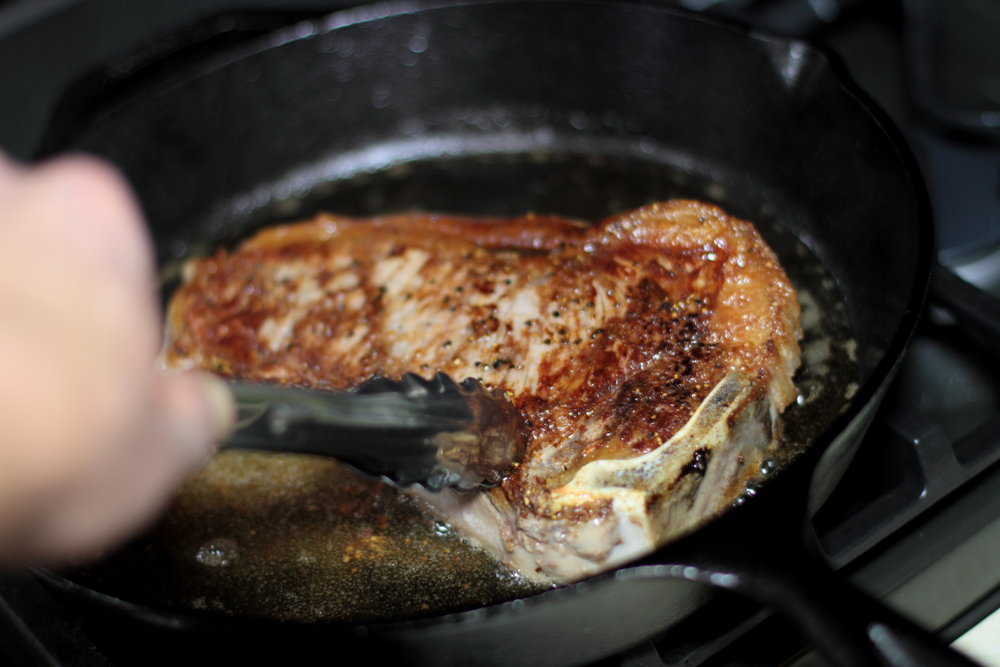
Cooking steak can be an art form, and doing it right makes all the difference. There’s nothing quite like a perfectly cooked steak with a beautiful sear on the outside and juicy tenderness on the inside. To help you master this steak cooking skill, I’ve put together a list of the golden rules you should never break. Read More.
11 Underrated Frozen Foods You’ll Love at Costco
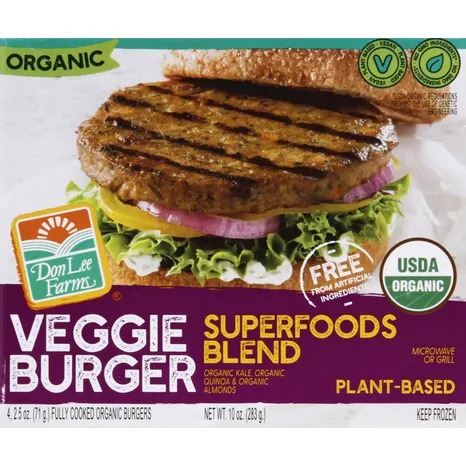
Walking through Costco’s frozen food aisle can feel like a treasure hunt. Among the familiar items, there are some hidden gems that might just surprise you with their taste and quality. Whether you’re looking for quick meal options, healthy snacks, or something new to try, this list highlights 15 of the best-kept secrets in Costco’s frozen section. Read More.
17 Fast-Blooming Flower Seeds Perfect for New Gardeners

Starting a garden can feel overwhelming, but choosing the right flowers makes it a lot easier. For those who are new to gardening or just want quick results, there are some fantastic flower seeds that grow fast and are simple to care for. These flowers not only sprout quickly but also bring vibrant colors and life to any garden space. Read More.

